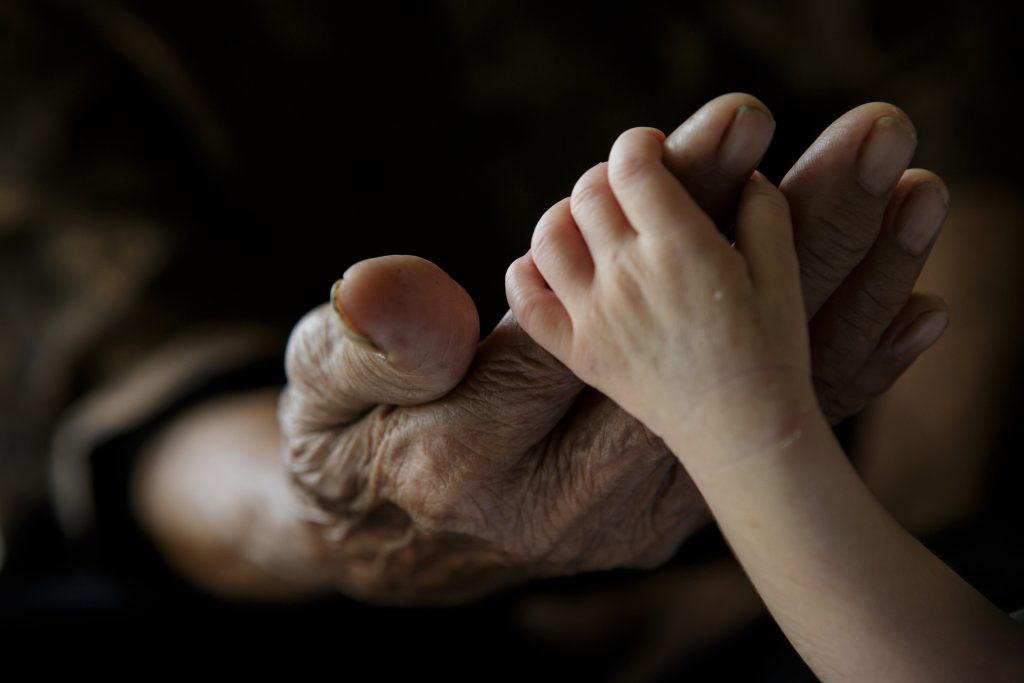As Catholics, we tend to compartmentalize our thoughts around liturgical seasons. During Advent, we anticipate the coming of the Savior and it culminates in the joyfulness of Christmas and all its traditions. Lent makes us think of our shortcomings and the need we have to recover or reinforce our love for the Lord. Good Friday is the low point, followed by the high point of Easter.
The rest of the year we have “reminder” months like May and October that turn our thoughts toward the Blessed Mother. Then, of course, every day that we participate in Mass, Jesus is and should be front and center.
But that still leaves a lot of time leftover in our Outlook calendars to not think about what we all love to not think about: death.
Woody Allen once quipped, “I’m not afraid of death … I just don’t want to be there when it happens.” With most funerals I attend rebranded as a “celebration of life,” it appears Allen speaks for multitudes, even those who do not share his questioning attitude toward God, eternal life, and everything else he should have learned at Yeshiva.
We are born into a vale of tears and then we die. Profound as it is derivative, the truth about death remains a cold, hard fact of life. Judging by the centuries of classical church art associated with “memento mori” — lots of skulls and bones — it seems Western culture once had a firmer grasp on this truth.
While it may seem more macabre to our contemporaries, death is still at the center of our faith and of the Eucharist, reminding us that the Church’s healthy opinion of the nature of death is rational and understandable.
That brings me to the strangely providential, nonthreatening brush with death I had on Thursday, June 23.
The day was nothing special to me. Like so many other days, I found myself in my car scrolling through my radio dial. I landed on a station where a woman was being interviewed about her unique occupation: she was a hospice professional specializing in grief counseling and end of life palliative care. Basically, she helped people die. She was in the “death” business.
Her profession was not to cure or repair, but to be present when that inescapable reality comes to those entrusted to her tenderness and mercy. She had a mesmerizing, soothing voice. From the other side of the radio signal, her compassion and her love for those she served was tangible.
At the time, I thought this chance “meeting” over the radio waves was an interesting insight into how we, as Catholics, should think about death. The caregiver did not speak out about death with fear. She believed in the everlasting life that comes from following Jesus.
So, when the calendar turned over and the events of June 24 began to unfold, my mind began to calculate the seemingly serendipitous coincidences. I thought back to this radio interview and the disembodied voice of this remarkable woman, and instead of death, I thought of life.
The unseen hospice professional, I thought, was as calm as those protesting the Supreme Court’s decision on Dobbs v. Jackson Women’s Health Organization have been loud. She was as serene as the protesters were enraged.
In our imperfect world, abortion access will be restricted in some states and widened in other states like California. But listening to this woman on the radio I could only think of God’s symmetry, and how the pro-life movement has always been about life from beginning to natural end and regardless of what laws are passed, upheld, or overturned, the need to defend life from beginning to end goes on.
At almost every Mass I attend at my local parish, one of the intentions for the week is to pray for “respect for life,” from the moment of conception to natural death. This compassionate woman stood at the foot of a lot of crosses over the years, and to me, she represents the ultimate “pro-life” position. Maybe God was trying to tip me off a day early.

